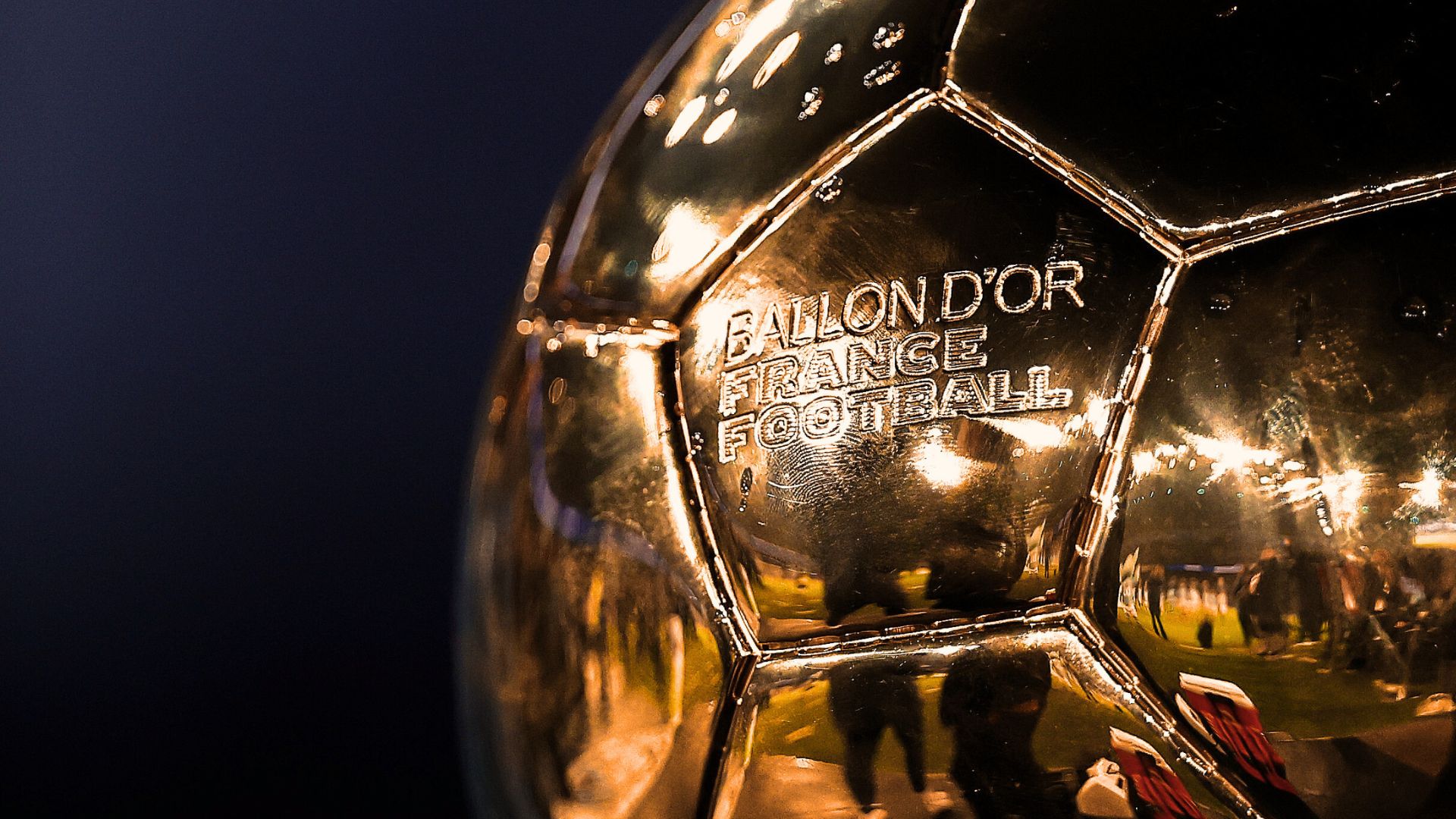The Ballon d’Or has long stood as football’s most coveted individual prize – the ultimate mark of greatness for any professional footballer. It celebrates not just brilliance on the pitch but also consistency, influence, and the artistry that defines the beautiful game.
The men’s award has existed since 1956 – that’s 68 Player of the Year titles (with 2020 cancelled due to COVID-19). Only ten players have ever lifted the trophy more than once.
The women’s version, the Ballon d’Or Féminin, arrived much later, in 2018. In just seven ceremonies, two players – Alexia Putellas and Aitana Bonmatí – have already claimed it multiple times.
But how did this golden tradition begin? And why did it take more than six decades for women footballers to be recognised?
This is the story of football’s most prestigious prize – and how it finally came to celebrate all of the game.
1956: A Golden Idea is Born
In 1956, French football magazine France Football had a simple but revolutionary idea: crown Europe’s best player each year with a gleaming golden ball.
The inaugural award, voted for by a panel of European journalists, went to Stanley Matthews of Blackpool – a 41-year-old winger admired for his dribbling, longevity, and sportsmanship.
At the time, only European players playing in Europe were eligible, meaning legends like Pelé, Garrincha, and later Diego Maradona were bizarrely excluded
Still, the Ballon d’Or quickly became football’s most prestigious individual honour. Winning it wasn’t just an accolade; it was status.
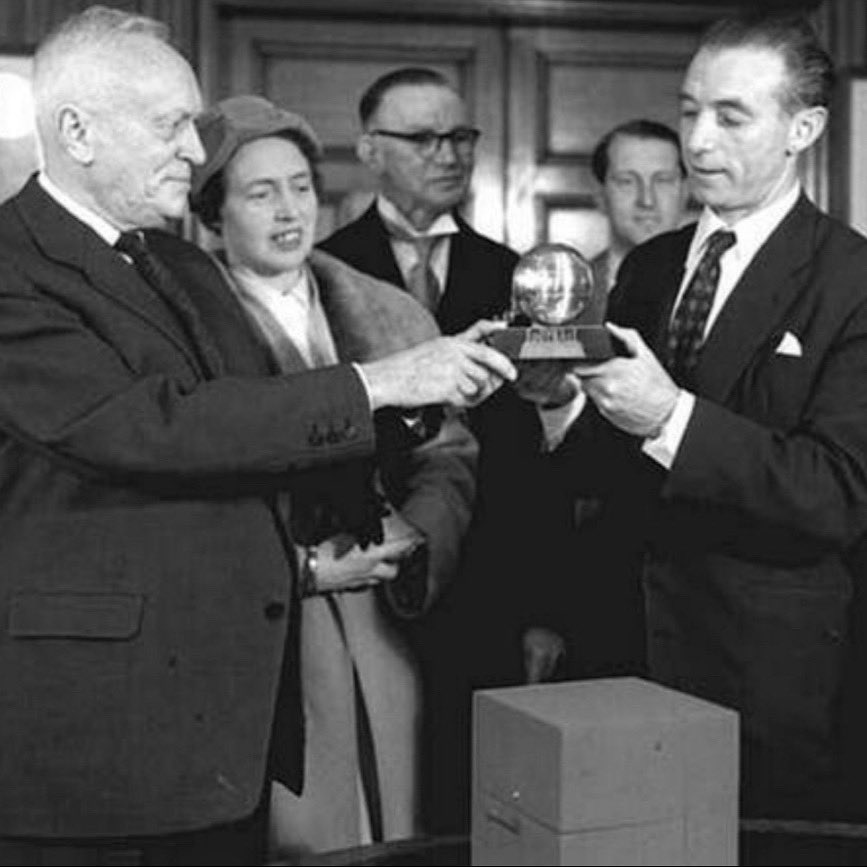
The Ballon d’Or’s Rise to Power
By the 1970s and 1980s, the Ballon d’Or had cemented its place as the ultimate measure of footballing excellence.
Icons like Johan Cruyff and Michel Platini dominated, each winning three times.
In 1995, George Weah became the first non-European to win, after France Football opened eligibility to players from anywhere in the world – marking the Ballon d’Or’s evolution into a truly global award.
Voting expanded too: international journalists from around the world began selecting their top five players, assigning points to determine the winner.
By the 2000s, the Ballon d’Or had eclipsed its main rival – FIFA’s World Player of the Year. The two awards merged from 2010 to 2015, creating the FIFA Ballon d’Or. That partnership ended in 2016, but by then the Ballon d’Or’s prestige was untouchable.
However, even during that period, one glaring omission remained.
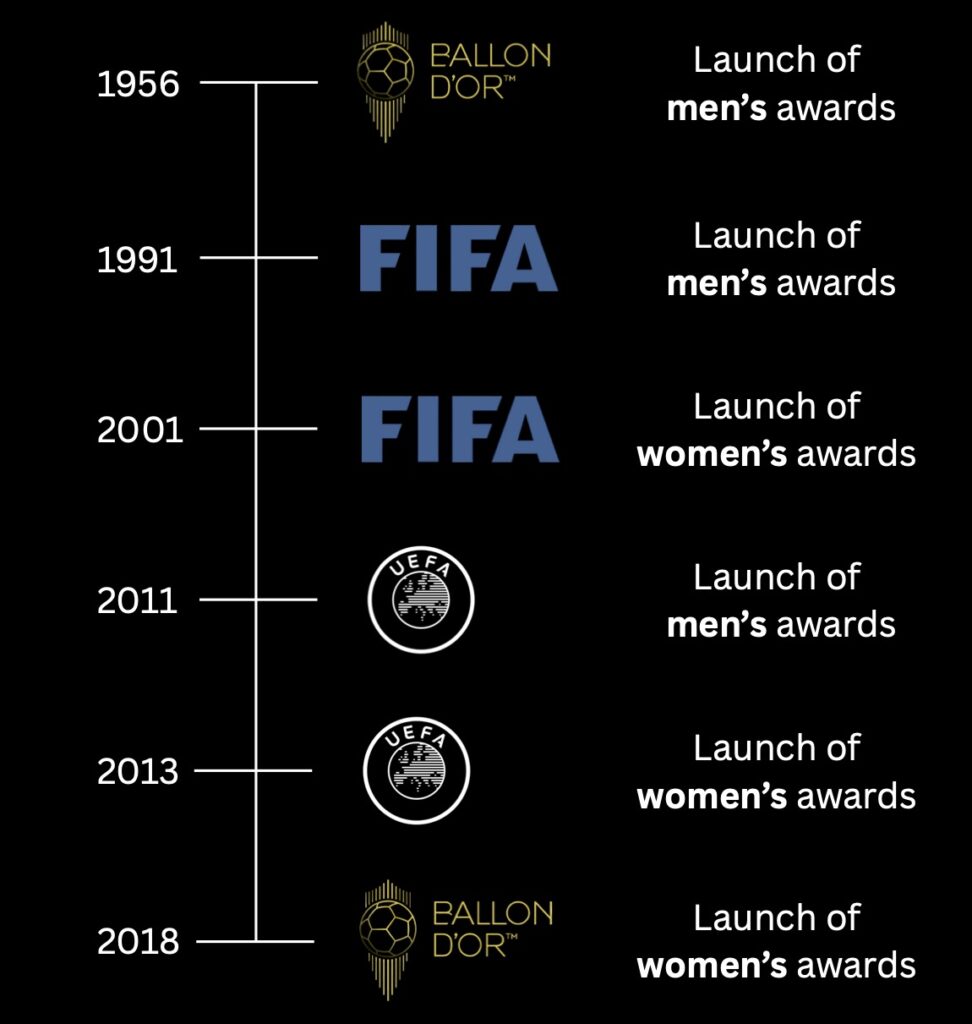
1956-2017: Half the Game Ignored
For more than 60 years, the Ballon d’Or celebrated only half the sport.
Women’s football – thriving across World Cups, Olympics, and club competitions – was entirely overlooked.
Imagine no recognition for Marta in her prime, Birgit Prinz’s dominance in Germany, or Michelle Akers leading the U.S. to world cup glory, twice.
The omission grew harder to justify as the women’s game surged in visibility and professionalism. If the Ballon d’Or was the football award, why were its greatest women missing?
Players Who Defined Era’s
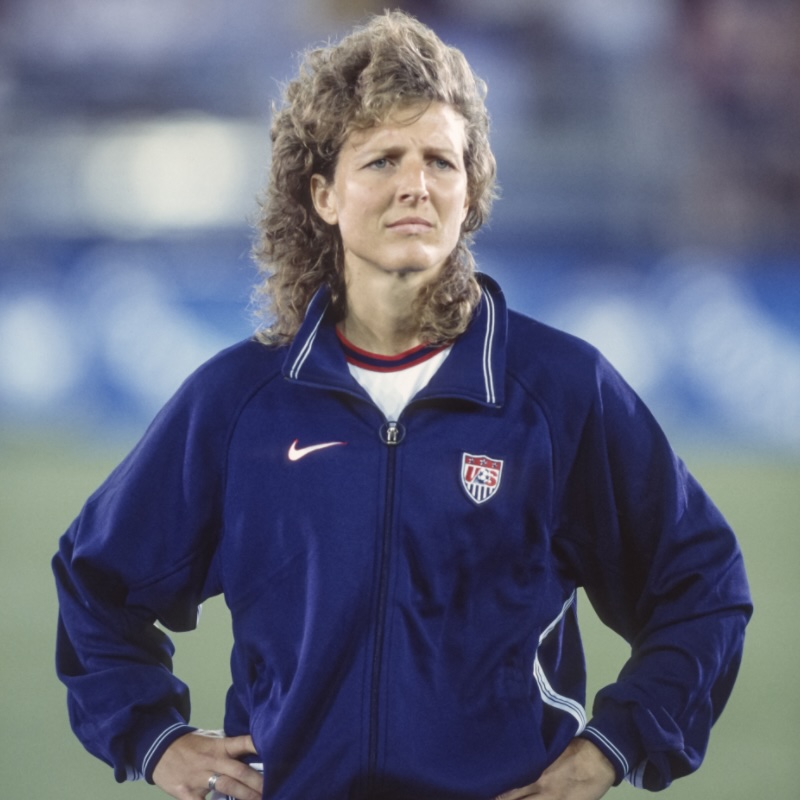
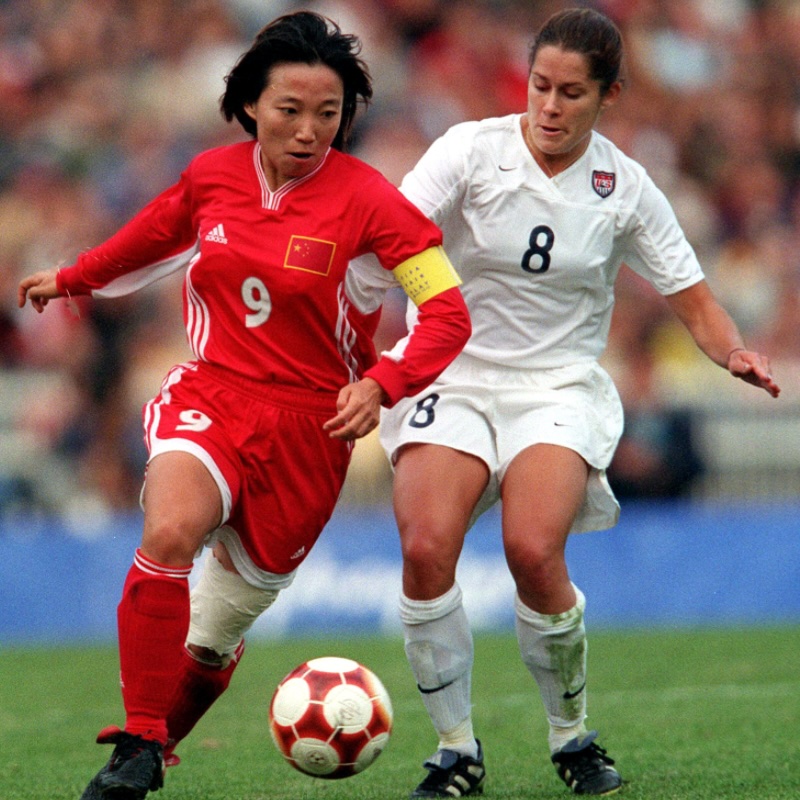
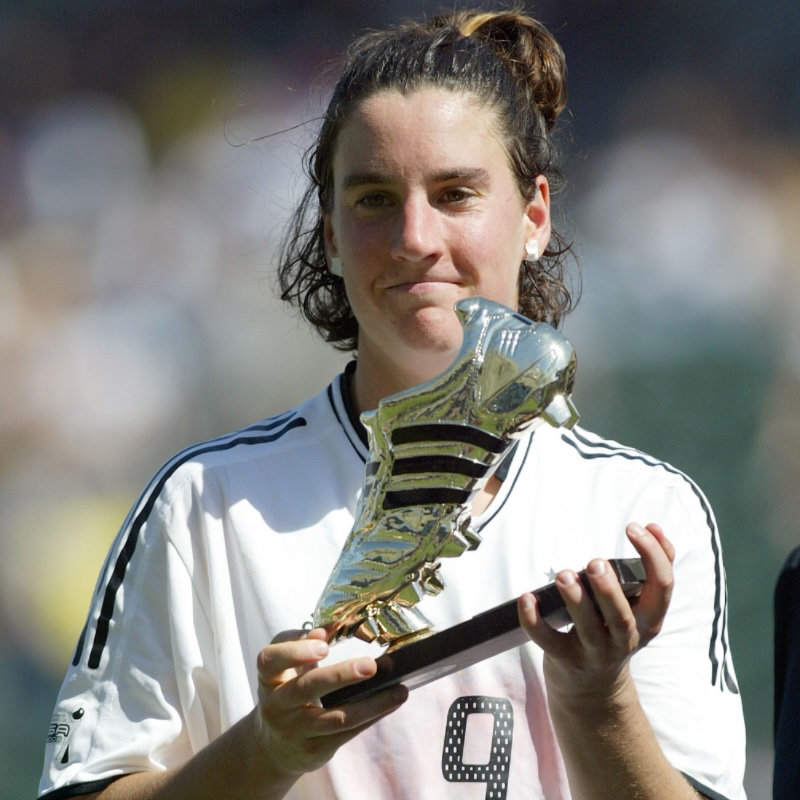
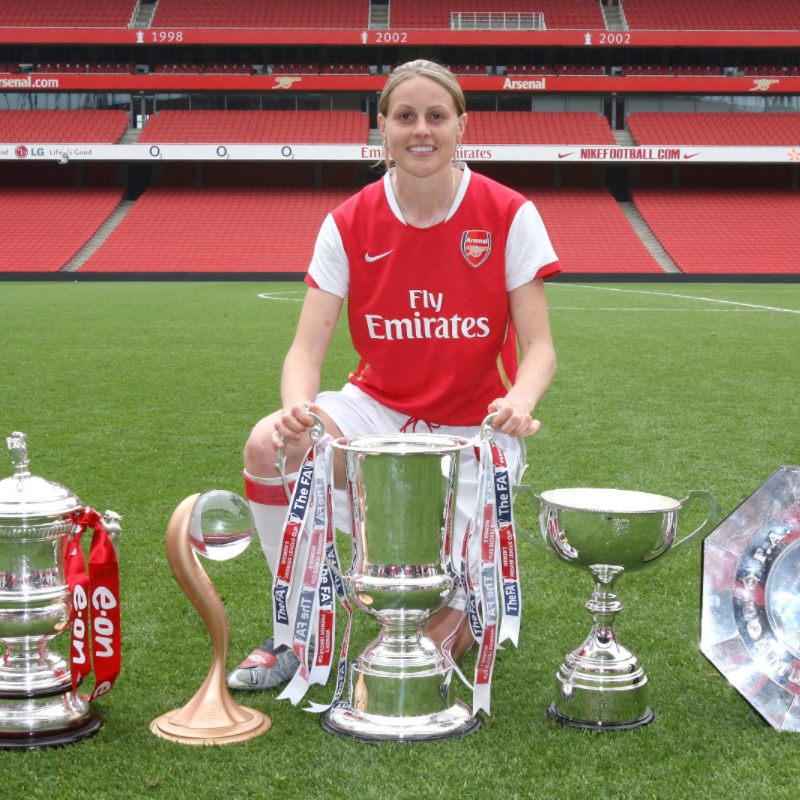
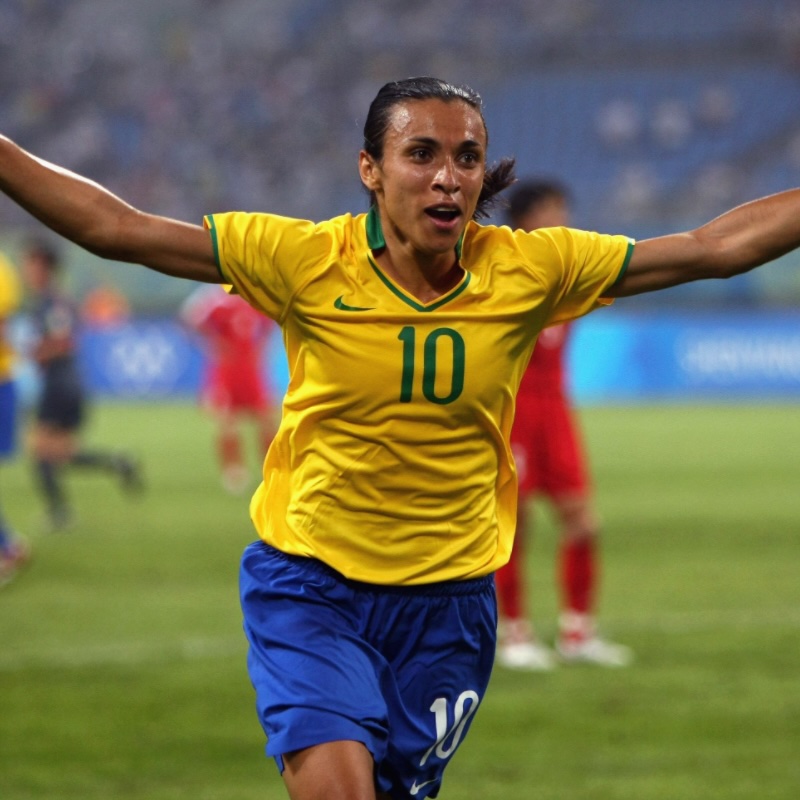
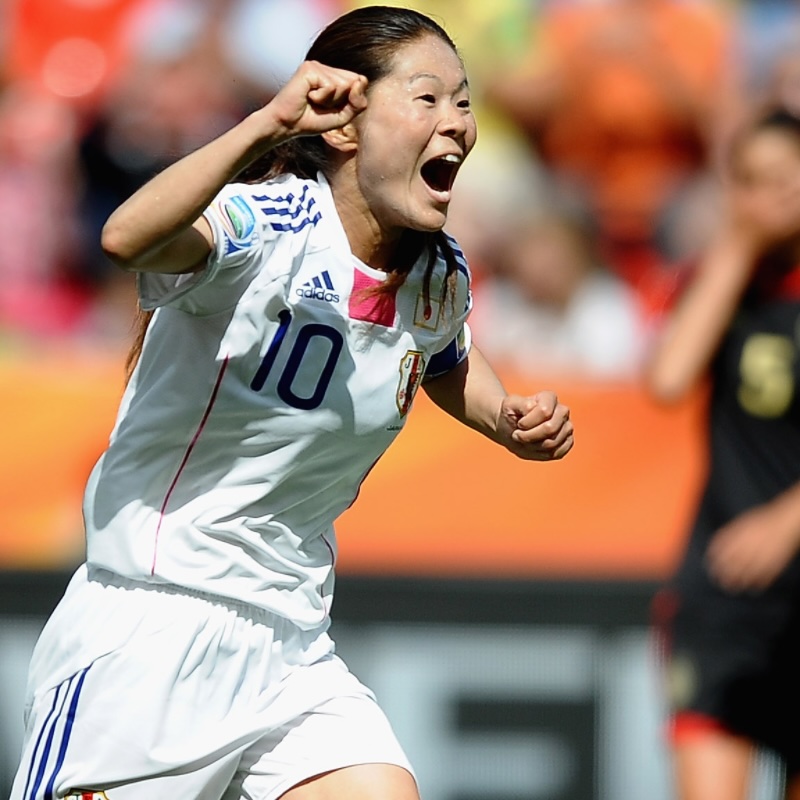

2018: A New Era for Women
It wasn’t until 2018 that the Ballon d’Or Féminin was born.
The first winner was Ada Hegerberg, Lyon’s prolific Norwegian striker. “It’s a fantastic day for women’s football,” she said. “It’s a big step forward.”
But the night wasn’t without controversy. French DJ Martin Solveig asked Hegerberg if she could “twerk” on stage – a moment that overshadowed her historic win and exposed how far attitudes still needed to evolve.
The precedent was set: women now had a place on football’s biggest stage.
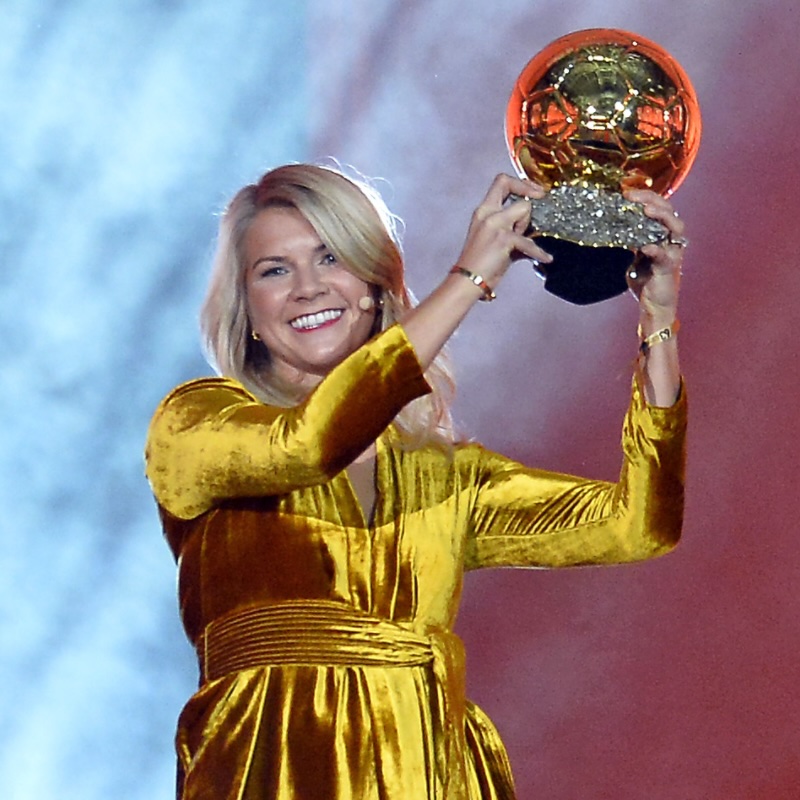
That infamous Twerking Incident
2018+: Icons of the Modern Era
Since its debut, the women’s Ballon d’Or has built a legacy of its own. Megan Rapinoe claimed the 2019 award after winning the World Cup’s Golden Boot and Golden Ball– and used her acceptance speech to call for equality. Alexia Putellas then made history with back-to-back triumphs in 2021 and 2022, before Aitana Bonmatí extended Spain’s golden era, securing the title in 2023, 2024, and 2025. During that span, Bonmatí captured three league titles, two Champions Leagues, two Copa de la Reina, three Spanish Super Cups, a World Cup, and a Nations League – part of an extraordinary run that has seen Barcelona claim five of the seven women’s Ballon d’Or trophies awarded to date.
2018-2025 Women’s Ballon d’Or Winners


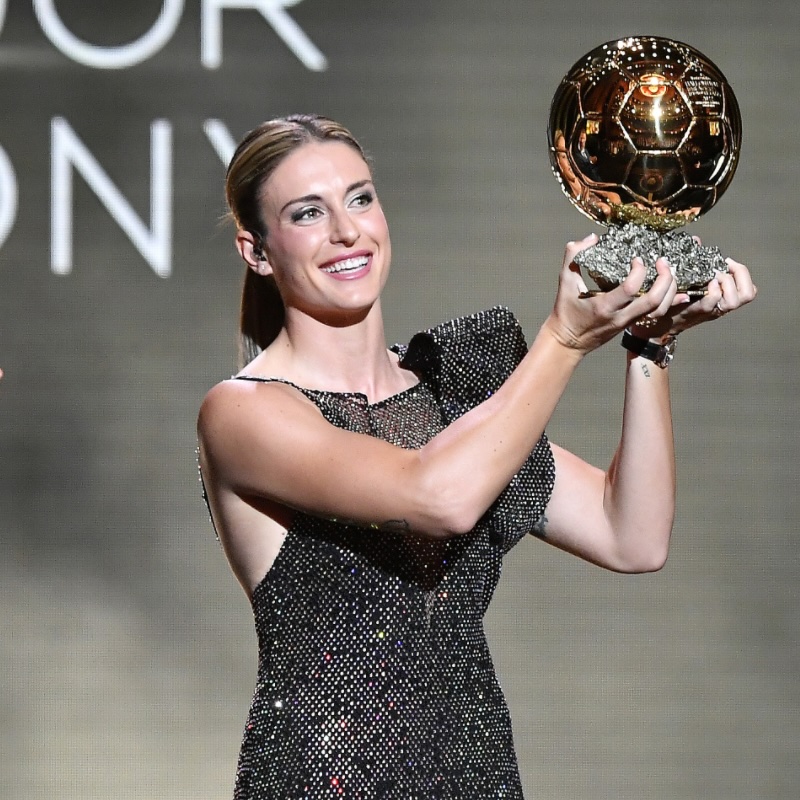
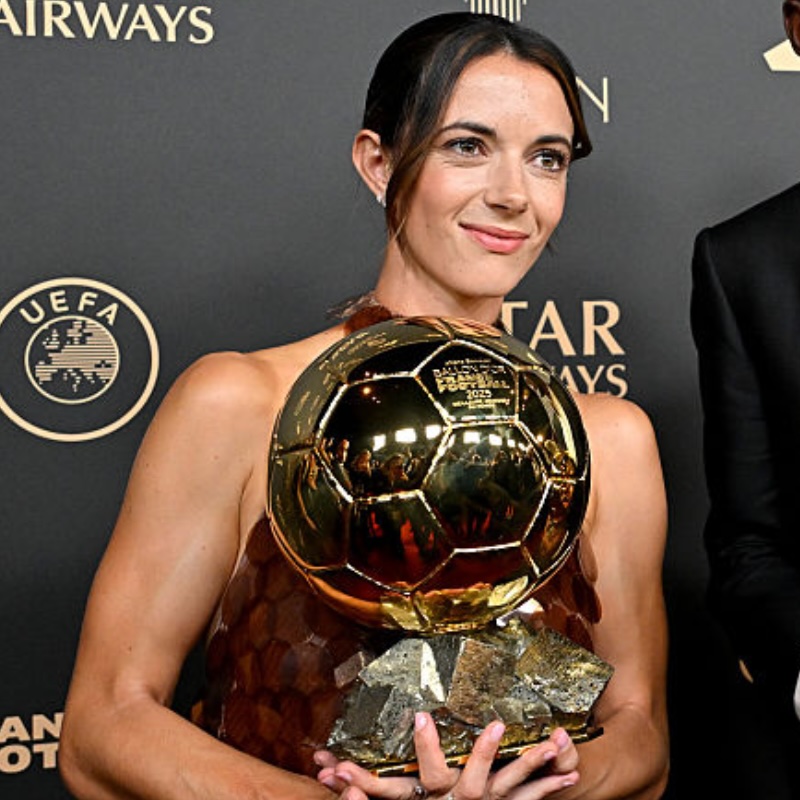
2025: Women’s Awards Expand
For years, the Ballon d’Or Féminin stood alone. That changed in 2025, when France Football expanded the women’s categories to mirror the men’s structure – a landmark step (if not a very late one) toward full recognition for women’s football.
New awards introduced that year included:
- Yashin Trophy (Best Goalkeeper): Hannah Hampton
- Kopa Trophy (Best Young Player): Vicky Lopez
- Gerd Müller Trophy (Top Scorer): Ewa Pajor
- Johan Cruyff Trophy (Coach of the Year): Saina Wiegman
- Club of the Year (existed since 2023): Arsenal
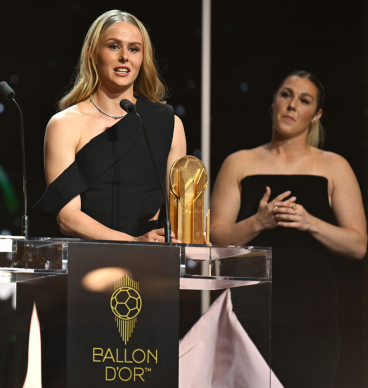
Controversies and Criticisms
The Ballon d’Or has seemingly never been without controversy.
Beyond Hegerberg’s 2018 incident, in 2023 the women’s ceremony was held during a women’s international break – meaning only seven of the thirty nominees could attend. Nominated Georgia Stanway called it “a potentially once-in-a-lifetime opportunity” missed.
Others point to the Ballon d’Or’s Eurocentrism. No African woman has yet won, and visibility outside Europe remains limited.
Voting remains opaque, often political – and in 2025, many were surprised when Aitana Bonmatí won a third consecutive title over Alessia Russo, whose Arsenal and England sides had beaten Bonmatí’s Barcelona and Spain in both Champions League and Euro finals.
Beyond the Ballon d’Or
While other accolades exist – FIFA’s The Best, UEFA’s Player of the Year, the PFA Awards, and the FIFPro XI – none carry the same prestige.
The Ballon d’Or’s heritage, pageantry, and media spectacle make it unique.
FIFA Best Women’s Player Winners:
- 2001, 2002: Mia Hamm, USA, Washington Freedom
- 2003, 2004, 2005: Birgit Prinz, FFC Frankfurt
- 2006, 2007, 2008, 2009, 2010, Marta, Brazil, Umeå IK, Santos, FC Gold Pride
- 2011: Homare Sawa, Japan, INAC Kobe Leonessa
- 2012: Abby Wambach, USA
- 2013, 2014: Nadine Angerer, Germany, Brisbane Roar
- 2015, 2016: Carli Lloyd, USA, Houston Dash
- 2017: Lieke Martens, Netherlends, Barcelona
- 2018 Marta, Brazil, Orlando Pride
- 2019: Megan Rapinoe, USA, Reign FC
- 2020: Lucy Bronze, England, Man City
- 2021, 2022: Alexia Putellas, Spain, Barcelona
- 2023, 2024: Aitana Bonmatí, Spain, Barcelona
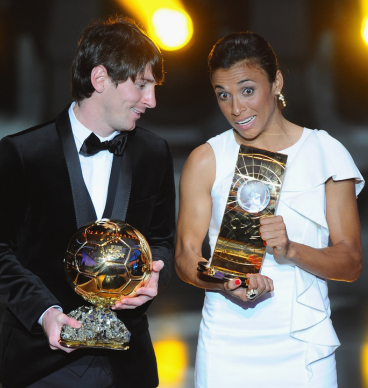
A Symbol of Football’s Evolution
From Stanley Matthews in 1956 to Aitana Bonmatí in 2025, the Ballon d’Or has reflected football’s evolution – its glamour, flaws, and now growing inclusivity.
For men, it has long been the ultimate symbol of individual greatness. For women, it now represents overdue recognition – proof that the game’s most golden prize finally belongs to everyone who plays it.
You can find more VERTA long reads in our Opinion & Insights section here


